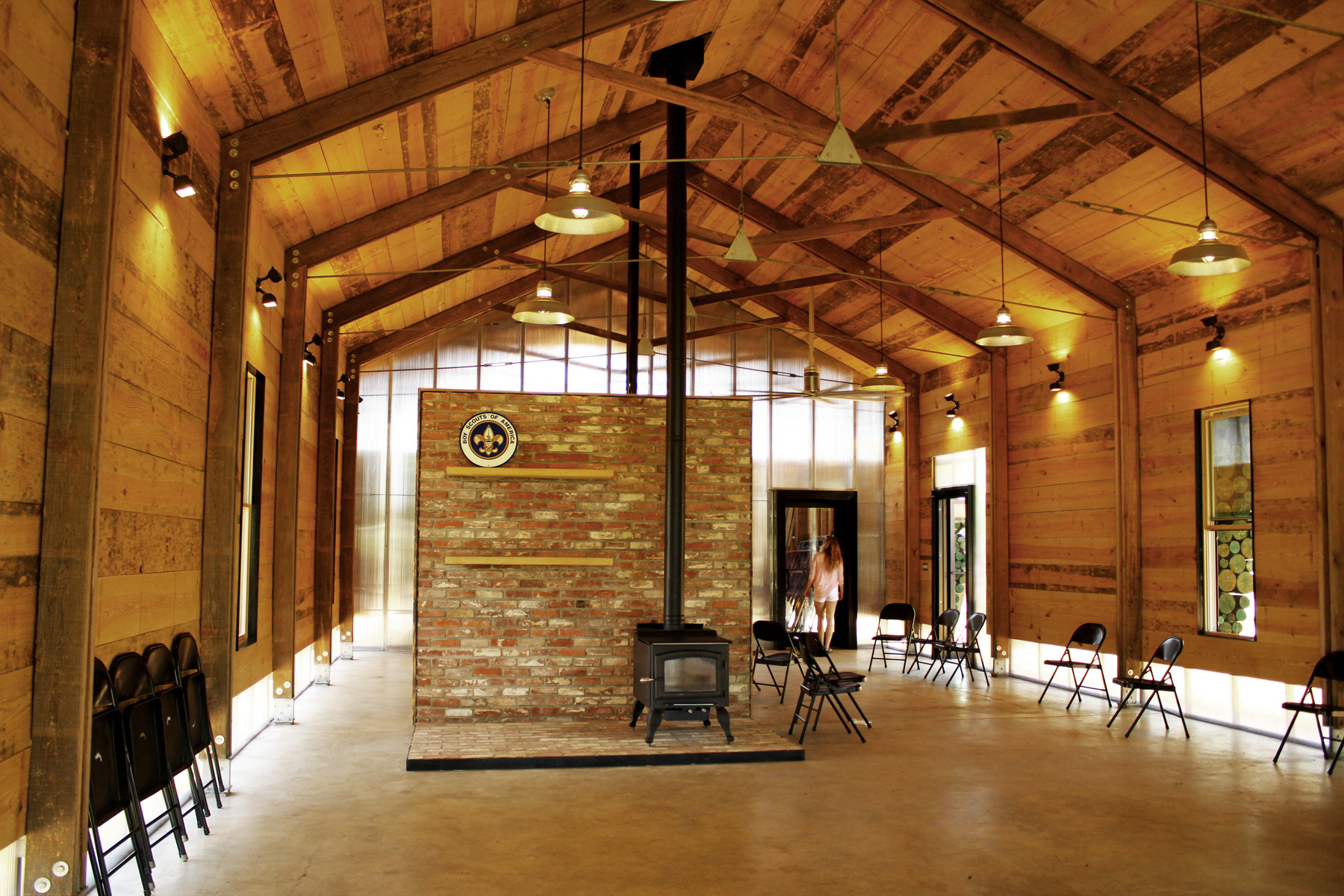
If there is one thing to be learned from the unsuccessful prohibition period of the 1920s, it is that we, the people, will go to great lengths to exercise our right to drink alcohol in the company of others. Our determined forefathers could have simply enjoyed a small-batch bathtub brew in the comfort of their own homes, but instead they established a system of secret places to congregate and consume collectively, even under threat of federal prosecution. Though it is no longer a felony to consume alcohol, New Yorkers are still pushing the legal limits of drinking with others, challenging the open container laws that prohibit public drinking.
Drinking is a recreational activity. It is a means of stepping beyond the realm of normal perception and seeing things differently, in the metaphorical sense (though sometimes a literal one). It is an act of recreation and repose, the parallel of peering at passerby from a park bench. In New York City, as in most of the United States, it is illegal for any person to possess an open container of an alcoholic beverage in any public place, “except at a block party, feast or similar function for which a permit has been obtained." Rarely do individuals have the resources for a block party or occasion for a full-scale public feast. More likely, they simply seek to crack open a can with neighbors on their front steps or with friends in Central Park, thereby enjoying a beverage in one of the country’s most vibrant and diverse public spheres for a mere penance. Unfortunately, that is not a legal option. Even the outdoor space we own is not completely open to our discretionary use: a resident cannot drink on his own stoop because it is “a place to which the public or a substantial group of persons has access."




